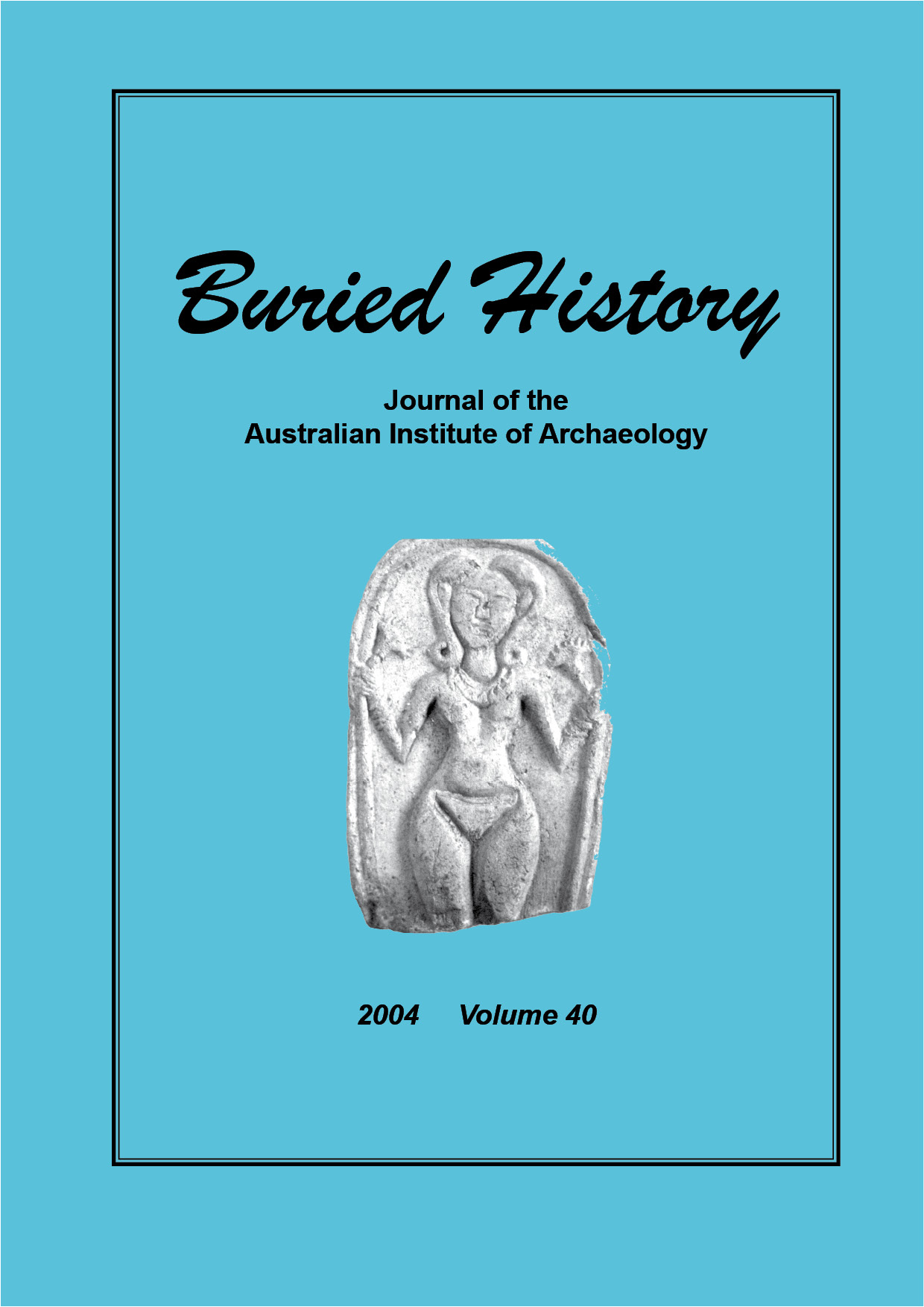Architectural expression of liturgy and doctrine in the Eastern churches of the fourth to sixth centuries: towards a theologically contextual typology.
DOI:
https://doi.org/10.62614/60hcjq27Abstract
Many scholars of Byzantine architecture have theorised about the reasons for church form and structure, with most relating them to sources in pagan architecture or local traditional construction methods (Krautheimer, Crowfoot, Ward-Perkins, Mango and Hill) ); to aspects of provincialism, regional independence or location peripheral to empire (Megaw, Delvoye, Wharton), or to environmental constraints such as frequent earthquakes (Curcic). But just as the wording of the various creeds and ecumenical statements responded to aspects of contemporary non-orthodox beliefs or “heresies”, so did the theological debate inform the liturgical practices and consequently church planning. It could be expected that these responses would also be reflected in the architectural approach to form and symbolism. Thus a contextual typological framework is proposed, based on the association of different architectural approaches to church planning and form in the 4th to the 6th centuries with the contemporary doctrinal disputes over the true nature of Christ.
Downloads
Published
Issue
Section
License
Copyright (c) 2005 Susan Balderstone (Author)

This work is licensed under a Creative Commons Attribution-NonCommercial-ShareAlike 4.0 International License.




